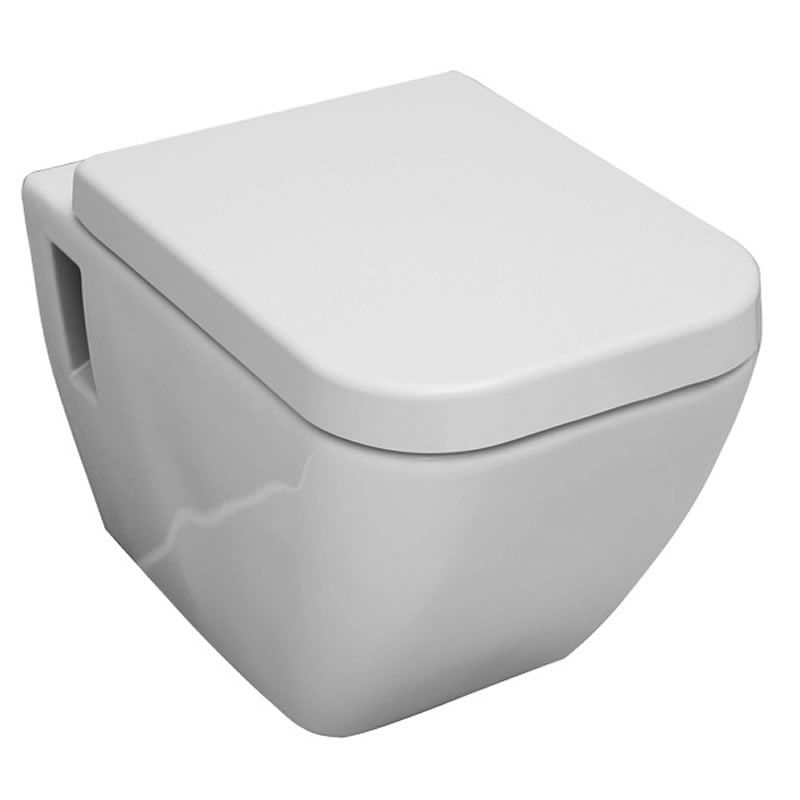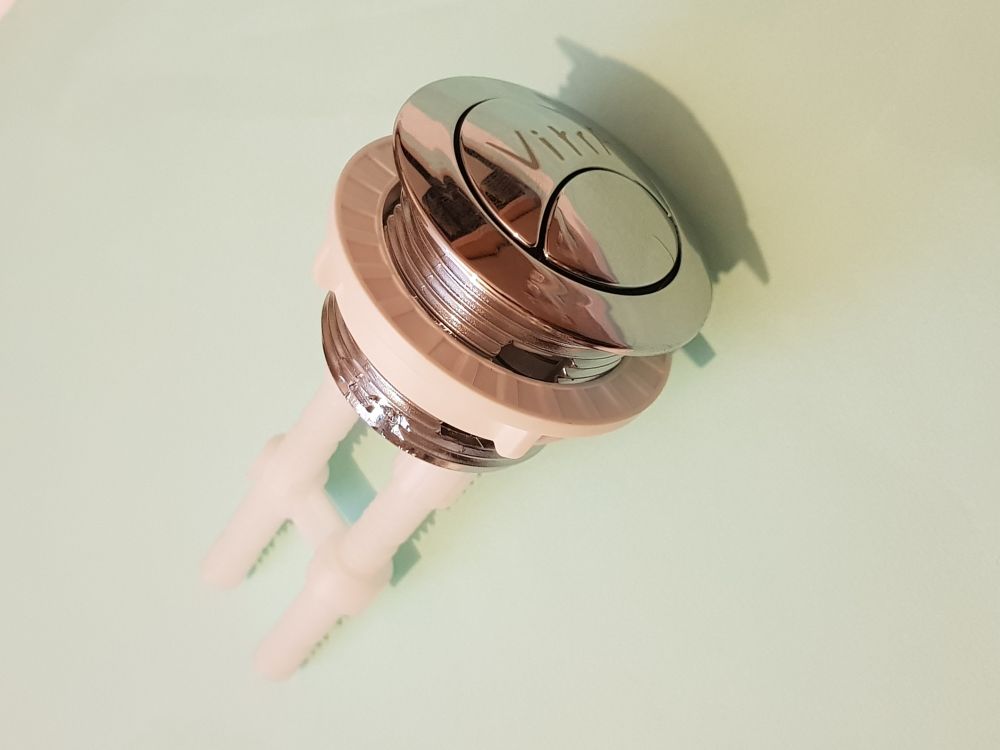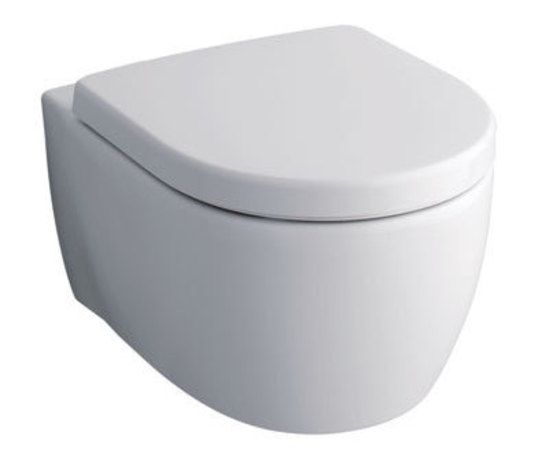Understanding The Function Of Valves In Your Ideal Standard Toilet Cistern And How To Fix It
Toilets seems to be the essential appliance in your entire home. Any damage to it can invite some painful situations. Malfunctioning toilet can also be the source of costly utility bills and even cause water damage. Luckily, the issues in an Ideal Standard toilet cistern can be fixed quite easily. So, you can avoid the headache altogether, and there is no need for you to call a plumber. However, the moving parts in the Ideal Standard toilet cistern are not too difficult to understand and can be repaired with little assistance. Before you repair or replace the Ideal Standard toilet cistern, you should have a basic understanding of how your Ideal Standard toilet cistern works. It consists of two crucial valves. One is the fill valve & the other is the flush valve, and both perform their function inside the toilet cistern for a smooth toilet operation.
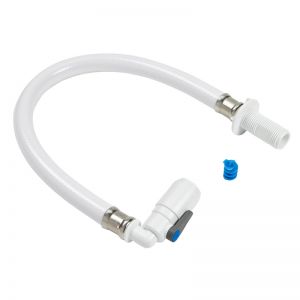
The fill valves
The function of the Ideal Standard toilet cistern is to hold a specific water quantity that can be used to flush the toilet. With a push of the flush, the water in the tank rushes down into the bowl. It forces the waste out of the bowl and into the home's drain and sewer lines. Two major toilet parts in the Ideal Standard toilet cistern make this possible. One is the flush valve and the fill valve. The fill valve automatically opens the water supply valve when the water level falls in the tank during a flush. It will get closed automatically when the water level rises to a specific group in the tank. The toilet fill valve is the device through which the water enters the Cistern, and it is basically located to the left side of the tank. Fill valves comes in four basic variations:
- Plunger-type ballcock
- Diaphragm-type ballcock
- Inlet Float cup fill valve
- Inlet Float-less fill valve
The valve is regulated either by a floating ball or a float cup, and it is based on the model or design you use. It moves up and down with the water level in the tank. The latest Float-less fill valve is operated by sensing water pressure at the bottom of the tank. Remove the tank lid and see what happens within the tank throughout the flush cycle to grasp the mechanism of how a toilet flush quickly. If this doesn't work and the water remains running, the fill valve may need to be replaced. As these valves are prone to failure, hence it's a good idea to replace them with a more modern float-cup style fill valve if you have one. Do you believe the fill valve is damaged and not functioning correctly? Adjust the water level in the cistern by fine tuning the point at which the float ball shuts off the valve to maintain the water level in the tank.
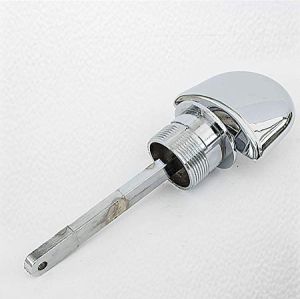
The flush valve
The second major component in the Ideal Standard toilet cistern is the flush valve. It is situated in the centre of the Cistern. The flush valve connects to the Cistern's bottom entrance. A rubber or a float ball, or a neoprene flapper is used to operate it. The flapper, also known as a float ball, rests against the valve and prevents water from entering the tank until the flush lever is pressed. With the push of the lever, it will activate to lift the handle rod and keep the flapper away from the valve seat. It allows the water to flush down out of the tank and into the toilet bowl. The flapper falls back into the valve seat, sealing the opening and allowing the water to refill the tank.
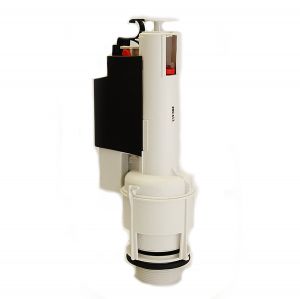
Late-model Ideal Standard toilet cistern comes with a better flushing mechanism. Before you try to work on your toilet, you should find the make, model, and parts list. Call us now, and we will guide you're the appropriate Ideal Standard toilet cistern spare parts for you.




